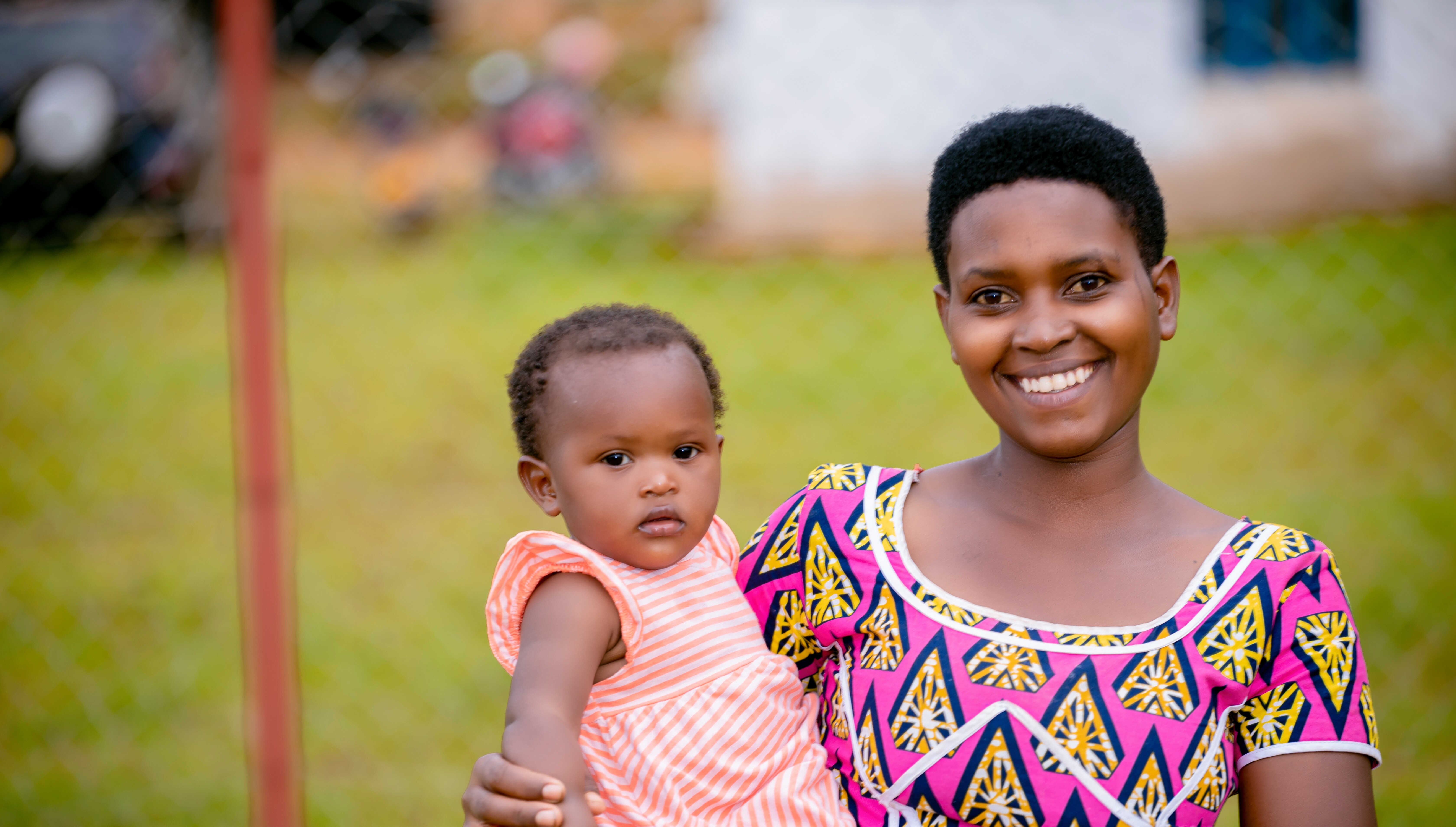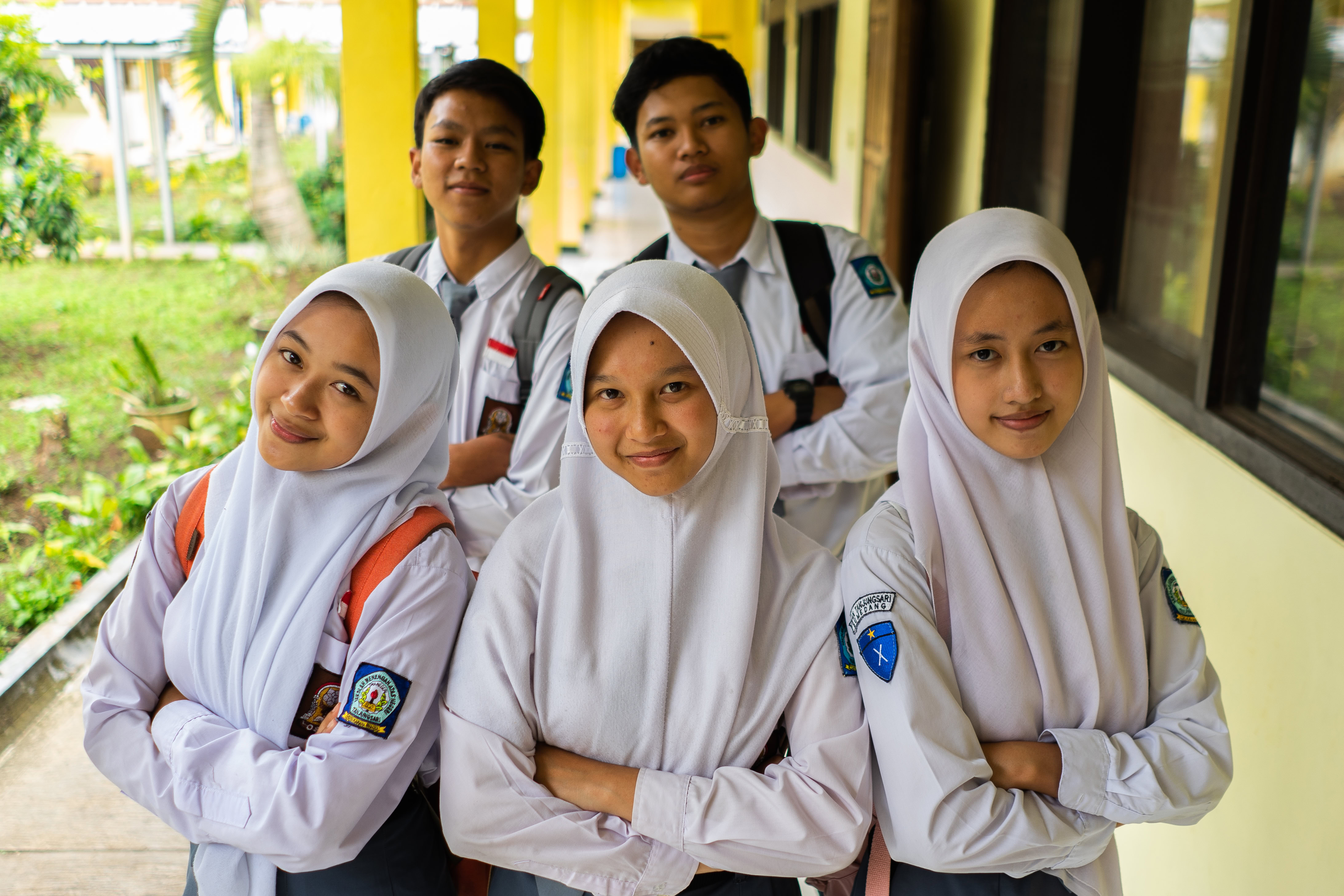News
Qatar Fund for Development, Canada, Nutrition International commit to urgent action on child survival
December 6, 2025
WP_Term Object
(
[term_id] => 136
[name] => Blog Posts
[slug] => all-blog-posts
[term_group] => 0
[term_taxonomy_id] => 136
[taxonomy] => news-category
[description] => See what’s top of mind for our technical experts as they share the latest on cutting-edge nutrition research, policy updates, and implementation guidance.
[parent] => 2025
[count] => 137
[filter] => raw
)
2025: Global nutrition moments and movements to watch
The coming year presents a unique opportunity to rally the global nutrition community to set a new course of action for nutrition. Read what’s top of mind for us in 2025 from our Director of Global Advocacy.
Posted on January 8, 2025
My children recently asked me what kind of tablet I had as a child. As I unpacked the markedly low-tech realities of my late 80s and 90s upbringing for them (Etch-a-sketch! Mixed tapes! Landlines!), I was struck again by how profoundly the world has changed in my lifetime. We are now a quarter of our way through the 21st century. In the past 25-year period we have seen the dramatic rise and expansion of internet use and access, including the explosion of large data and AI. Climate change is now a major, if not the primary global concern, with billions being invested in green tech, adaptation and mitigation solutions. Black Lives Matter and the “Me Too” movements have ushered in global progress for racial justice, gender equality, and expanded rights and recognition for LGBTQ+ communities. And tourism has now exited the bounds of earth and entered space.
For those of us in the nutrition community, collective global efforts and leadership over the last 25 years have led to several remarkable results: preventable child deaths have been cut in half since 2000. Large-scale food fortification efforts have made salt iodization nearly universal, with over 130 countries iodizing their salt for public consumption. Sustainable Development Goal (SDG) 2, Zero Hunger, has put nutrition squarely on the global development agenda, with the World Health Assembly (WHA) nutrition targets further defining and focusing country, regional and global priorities.
Efforts to coordinate global nutrition actions (as seen through the Scaling Up Nutrition movement), cost the implementation of high priority nutrition interventions (such as the World Bank’s Investment Frameworks for Nutrition in 2017 and 2024) and measure global progress (like in the Global Nutrition Report) have enabled more country-led, data-driven, multisectoral action and investment. And in the last year, global mobilization around the 2024 G20 initiative on hunger and poverty point to near universal consensus that hunger and malnutrition must be eliminated.

“While such progress should be honored and safeguarded, our efforts to make good nutrition a reality for everyone, everywhere, cannot stop.
— Robyn Bright, Director of Global Advocacy, Nutrition International
While such progress should be honored and safeguarded, our efforts to make good nutrition a reality for everyone, everywhere, cannot stop. At present, the world is largely off track from meeting the WHA targets – and in some cases, these indicators of nutrition progress are worsening. Enduring regional and global conflicts are affecting food prices and affordability, while stoking the root causes of conflict and instability. The world is now home to more youth than ever before, whose future health, prosperity and power hinges on access to health, nutrition and education supports that are becoming harder to access for those on the margins. And global debt – which has some countries spending more on debt servicing than on education and health combined – means that bold, new and proven solutions are needed now more than ever.
With five years remaining to achieve the SDGs, we must focus our time, talent and treasure on accelerating progress. 2025 could mark the beginning of several strategic sprints that bring focus, alignment, political support and financing to some of the most challenging issues in global nutrition.
Here are some of the moments and movements to watch for:

With ever-increasing pressure on official development assistance (ODA), subdued global growth, high rates of domestic debt, and weak tax regimes, the quest for new and optimized forms of financing for global nutrition programs continues. Many are looking first to the Nutrition for Growth Summit and later the Financing for Development Conference for more and better financing for country-led nutrition action.
“A few things are clear: solutions exist that are scalable and sustainable. Courageous leaders, frontline workers, and advocates abound.
The global face of malnutrition is changing – rapidly. While levels of undernutrition remain stubbornly high, overweight and obesity are now also on the rise, especially in Africa and Asia. Left unchecked and unaddressed, the global costs of overweight and obesity are predicted to reach USD $3 trillion per year by 2030 and more than USD $18 trillion by 2060. The world is off track to achieve the 2030 global target to halt the rise of obesity, with more than 1.2 billion obese adults projected for 2030 (19.8 percent global prevalence).
But global experts, thought leaders and practitioners are working hard to prevent overweight and obesity before it happens.

Conflict and nutrition insecurity are deeply interconnected. The World Food Programme indicates that 65% of acutely nutrition-insecure people reside in fragile or conflict-affected countries, reaffirming that conflict is a primary driver of malnutrition globally. Conversely, nutrition insecurity can exacerbate conflicts, by increasing the cost of mounting an insurgency, leading to the victimization of people who produce and hold food. Violent extremist organizations may exploit food scarcity to recruit individuals by offering nutrition and financial incentives. With over 50+ active conflicts globally, global pressure to increase NATO investment to address current challenges, and on the heals of the G20 Alliance on Hunger and Poverty, expect greater focus on nutrition as a peace enabler and form of soft power for peace.
2025 will not be an easy year, as changing geopolitics and new governments across several G7 countries mean the space for multilateral action may stall before finding new footing. That said, there is reason for considerable hope as we head into this year, and the final five-year sprint to achieving the SDGs.
A few things are clear: solutions exist that are scalable and sustainable. Courageous leaders, frontline workers, and advocates abound. Resources may be scarce, but the global community is continuing to push for more rigor in our work, and more innovation in our financing approaches.
Now is the time to put our collective hands to plough and carry on.